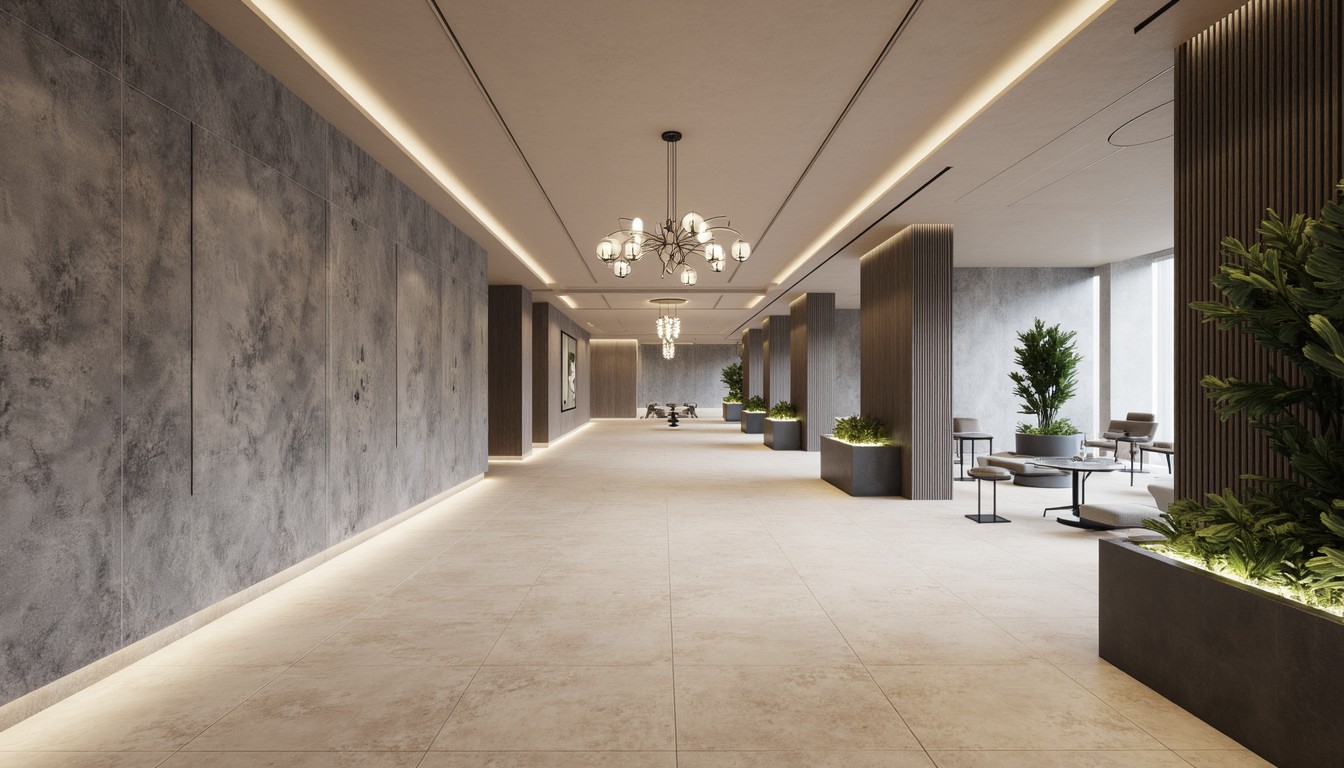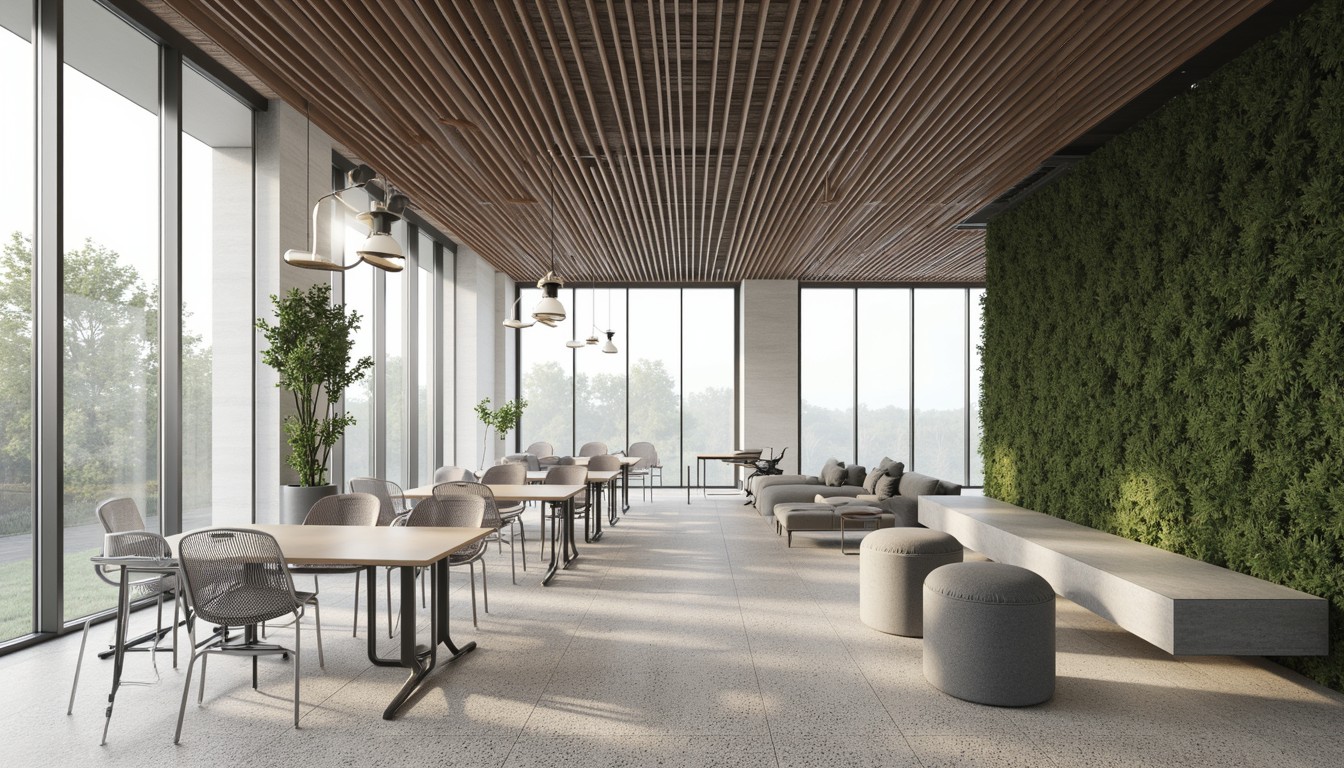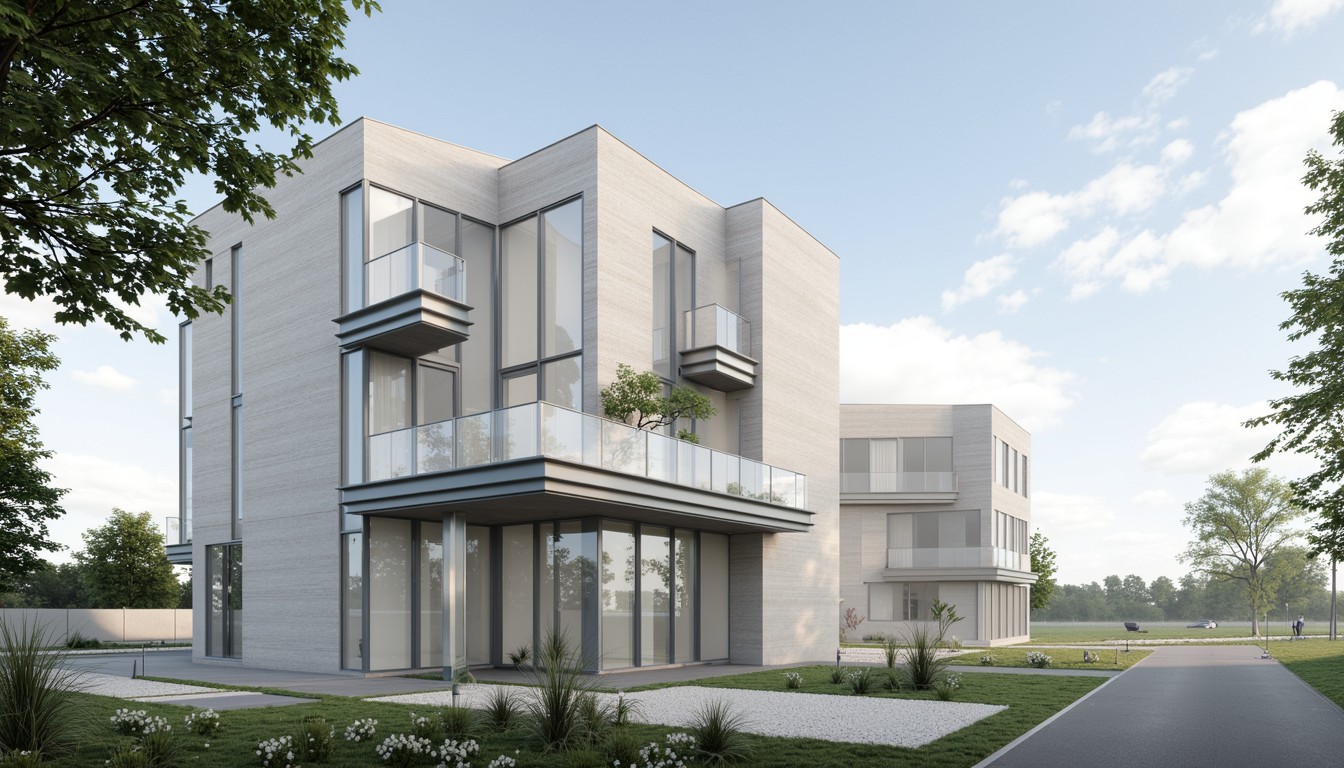Real-Time Visualization Revolutionizing Architecture
The architectural landscape is undergoing a dramatic shift, driven by the rapid advancement of real-time visualization technology. Gone are the days of lengthy rendering times and static images. Architects, designers, and clients now experience designs in immersive, interactive 3D environments, offering unparalleled insight and collaboration opportunities. This revolution, spearheaded by powerful game engines and advanced hardware, is transforming how we design, present, and experience buildings.
The Power of Real-Time Rendering

Real-time rendering, unlike traditional offline rendering, generates images instantly. This immediate feedback loop allows architects to make design changes on the fly, experiment with different materials and layouts, and instantly see the impact of their decisions. This iterative design process significantly reduces the time and resources spent on revisions, leading to increased efficiency and better outcomes.
Benefits of Real-Time Architectural Visualization:
- Faster Design Iteration: Instant feedback enables quicker design adjustments and experimentation.
- Enhanced Collaboration: Stakeholders can participate in design reviews remotely, providing real-time input.
- Improved Client Engagement: Immersive experiences foster better understanding and client buy-in.
- Reduced Costs: Fewer revisions and faster turnaround times translate into significant cost savings.
- Better Design Decisions: Visualizing designs in real-time allows for early identification and resolution of potential problems.
- Sustainable Design Exploration: Real-time simulation of lighting, energy efficiency, and other environmental factors supports sustainable design practices.
Real-World Applications of Real-Time Arch Viz

Real-time architectural visualization is no longer a niche technology; it's being widely adopted across various architectural disciplines. Here are some key applications:
1. Design Development and Presentation:
Architects use real-time rendering to create immersive walkthroughs, flyovers, and interactive presentations that showcase their designs effectively to clients. This allows for a more engaging and intuitive understanding of the project, leading to better client communication and faster approvals.
2. Virtual Reality (VR) and Augmented Reality (AR):
VR and AR applications leverage real-time rendering to create completely immersive experiences. Clients can virtually “walk through” their future homes or offices, experiencing the space in a realistic and interactive way. AR overlays digital models onto real-world environments, allowing users to see how a new building might fit into its surroundings.
3. Urban Planning and Master Planning:
Real-time visualization is increasingly used in urban planning to simulate and visualize large-scale projects. This helps urban planners and stakeholders understand the impact of new developments on the surrounding environment and community.
4. Construction and BIM Integration:
Integrating real-time rendering with Building Information Modeling (BIM) data allows for a comprehensive and dynamic visualization of the construction process. This can be used for construction sequencing, clash detection, and progress monitoring.
5. Interior Design and Spatial Planning:
Real-time visualization helps interior designers experiment with different furniture arrangements, lighting schemes, and material choices, providing clients with a realistic preview of the finished space.
Choosing the Right Real-Time Visualization Software
Several software solutions offer real-time rendering capabilities, each with its strengths and weaknesses. Factors to consider include ease of use, rendering quality, integration with other software, and the level of technical expertise required.
The ArchNav Advantage in Real-Time Architectural Visualization

At ArchNav, we leverage the power of real-time visualization to deliver exceptional results for our clients. Our team of expert architects and visualization specialists utilizes the latest software and hardware to create stunning, interactive experiences that help our clients bring their visions to life. We understand the unique challenges of each project and tailor our approach to meet specific needs, ensuring seamless collaboration and exceptional client satisfaction. We go beyond simply creating visuals; we help our clients make informed decisions, communicate effectively, and achieve their design goals more efficiently.
Conclusion
Real-time architectural visualization is not just a trend; it's a transformative technology reshaping the architectural industry. Its ability to accelerate the design process, enhance collaboration, and improve client engagement makes it an indispensable tool for architects and designers. At ArchNav, we are at the forefront of this revolution, providing cutting-edge real-time visualization services that empower our clients to create extraordinary designs.
